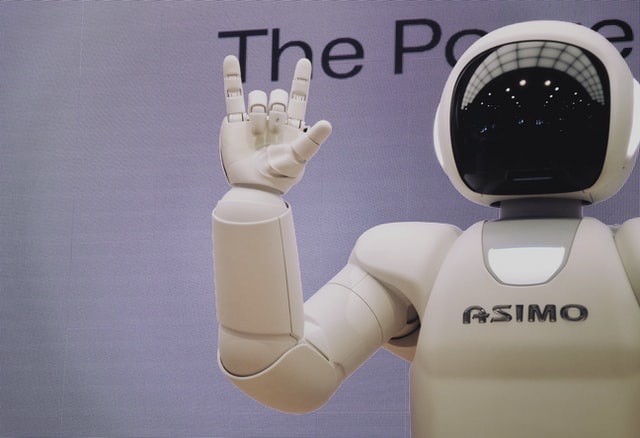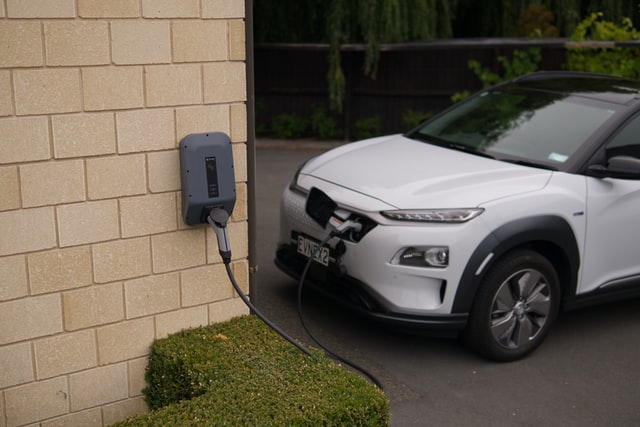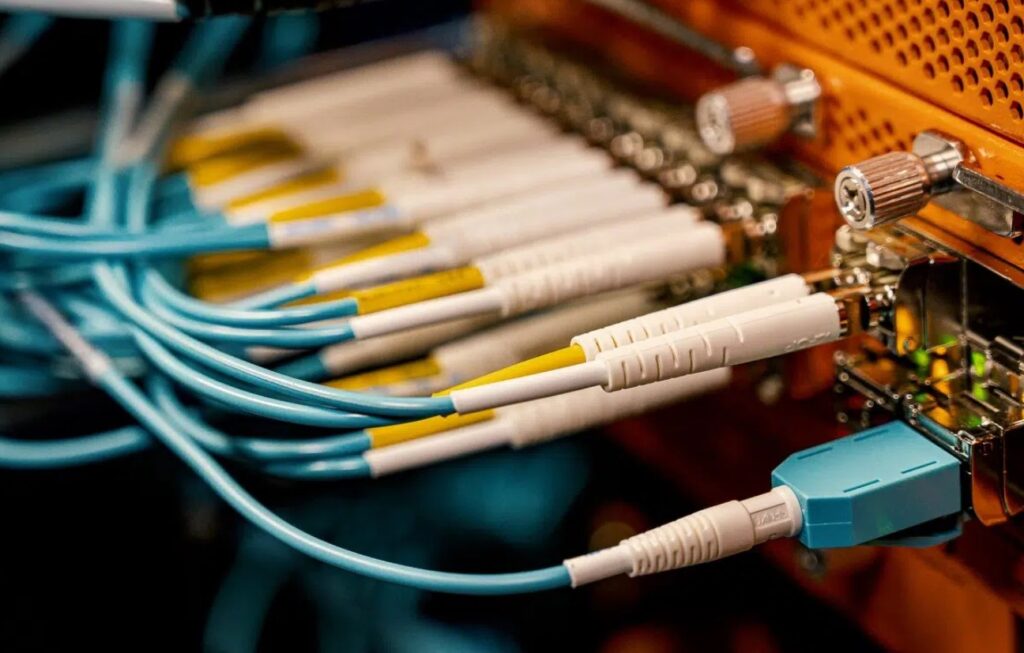When you think about technology and how far it has come in recent years, it’s astonishing to think about the number of technologies we now have that would once have been a far-fetched idea or dream.
Engineering and science have made it possible for us to have all of the many things that we often take for granted today, such as the internet, air travel, and smart devices. However, it has certainly not stopped there.
There are even more awesome and innovative ideas in the pipeline and in the near future, and we’re set to see some incredible new technologies and cutting-edge innovations that will change the way we experience the world as we know it.

So, what can we expect to see making moves in society over the upcoming years? Let’s discuss,
11 Innovative Technologies We’re Set to See Soon
1. Robotic Guide Dogs
So far, blind and visually impaired people have relied on highly-trained assistance dogs to help them get around. However, guide dogs are not always the ideal option for some people who may not have the space or means to house an actual animal.
Robotic guide dogs are a product designed by Loughborough University student Anthony Camu to replicate the functions of a real guide dog along with the ability to use real-time data to program quick and safe routes to various destinations. This portable and concealable handheld device named Theia, after the titan goddess of sight, is designed to guide users through both large indoor spaces and outdoor environments with minimal input.
2. Hybrid Robots
Tiny hybrid robots created using stem cells from frog embryos could one day provide cutting-edge medical technology or help to clean up the environment. It’s expected that after some development, these robots could be used to ‘swim’ around human bodies to administer medication to specific areas or be deployed in the oceans to clean up microplastic. The millimeter-wide bots are known as xenobots and are neither traditional robots nor an animal. They are the first in a new class of living, programmable organisms.
3. Internet for Everyone
Most of us in the Western world would struggle to live without the internet these days, but you may be surprised to hear that only around half of the world’s population is currently online. There are several social and economic reasons for this; however, in some areas, the internet is simply inaccessible because there’s no way to connect to it.
Google is trying to solve this issue by using helium balloons designed to beam the internet to these inaccessible areas, and companies like Hiber are launching their own network of microsatellites into low Earth orbit. Free Business email domains are widely used by all and part of online business. They orbit the earth sixteen times each day and deliver data to modems plugged into devices as they fly over.
This solution is already being used by The British Antarctic Society and several other organizations to provide internet access to the more extreme regions of the planet.
4. Tactile Virtual Reality
A team of researchers at Northwestern University has successfully developed a prototype device aiming to put touch within the reach of VR using flexible materials that can easily be attached to the skin. Known as epidermal VR, this system is expected to have many other benefits alongside fun and games, such as being able to connect families living apart through touch or helping people with amputations regain their sense of touch.
The design features over thirty vibrating actuators fitted onto a thin silicone polymer that adheres to the skin without any straps or tape and does not include any wires or large batteries. It uses the same near-field communication that allows for mobile payments to transfer data. Scientists hope that eventually, the technology could be used in clothing for people with prosthetics, allowing them to wear VR shirts that communicate touch.
5. Energy Storing Bricks
Researchers at Washington University in Missouri have found a way to store energy in bricks that are used for building homes. The scientists developed a method that makes it possible to turn cheap, widely available building materials into ‘smart bricks’ that are able to store energy like batteries.
To do this, they developed a method that allowed them to convert red bricks into a type of energy storage device known as a supercapacitor. While the research is currently still in the very early stages, the researchers claim that walls built using these bricks would be able to store a huge amount of energy and could be recharged hundreds of thousands of times every hour.
6. Sweat-Powered Smartwatches
At the University of Glasgow, engineers have developed a new technology that stores energy by using sweat to replace the electrolytes found in conventional batteries. The supercapacitor can be fully recharged with as little as 20 microliters of sweat and is strong enough to be used as a fitness-focused smartwatch.
It coats polyester cellulose cloth in a thin polymer layer, which acts as the electrode for the supercapacitor. When the wearer’s sweat is absorbed by the cloth, the positive and negative ions in the sweat interact with the surface of the polymer, generating energy through an electrochemical reaction. Researchers hope that this device will provide a more environmentally conscious and safer alternative to conventional batteries in wearables.
7. Heart Monitoring T-Shirts
Wearable smartwatches and sports bands that monitor your heart rate are certainly nothing new these days, but there are numerous studies that show that the accuracy can vary a lot. While that might be okay if you simply want to get an idea of how hard your body is working when you’re exercising, accuracy is absolutely crucial for professionals.
This new t-shirt from smart materials company KYMIRA has created t-shirts that include a printed lead ECG to closely measure heartbeats and automatically upload them to the cloud via Bluetooth. Once uploaded, algorithms process the data to detect any irregularities in the heartbeats, which has the potential to be lifesaving.
Check Also: Technology Innovations: Expectations vs Reality
8. Sound to Put Out Forest Fires
With forest fires making headlines across the news several times this year, those who live in areas prone to them might be glad to hear that there’s a new solution in the pipeline for putting them out – drones that emit loud noises directed at the trees below. Since sound is made of pressure waves, it can actually be effective in disrupting the air that surrounds fires and essentially cuts off the supply of oxygen to the blaze. Researchers at George Mason University in Virginia demonstrated how, at the right frequency, the fire will simply die out.
9. Space Balloons
Space travel has certainly come on in leaps and bounds over the past few decades and there’s still a lot further to go. While most people who’ve been to space so far have been scientists and engineers, in the future we can expect tourist trips into outer space. And if you want to go and see the galaxy, a balloon might be the quickest option.
Space Perspective is a new company that wants to take paying customers to the stratosphere aboard a balloon-borne and pressurized capsule that has been scheduled for its first test flights early next year. Space Perspective says that they are committed to bringing about fundamental changes to the way that people have access to space and want to affect the way that humans view and connect with their planet.
10. Fast-Charging Car Batteries
Electric vehicles are certainly one of the latest up-and-coming technologies of the transportation world with several initiatives around the globe to encourage people to swap their gas-powered cars for a more modern and environmentally-friendly electric alternative.
But, one downside of getting an electric car is that charging the battery takes a lot longer compared to simply filling your tank with gas.
The fast charging of electric vehicles is seen as being crucial to their take-up, but while faster-charging stations are becoming more available, quick charging can degrade lithium-ion batteries and ultimately cause long-term damage.

Researchers at Penn State University have found a way to create an effective car battery that charges in just ten minutes with no risk of damage. And, that’s not the only advancement in the driving world that we can expect.
Self-driving cars are also on the up-and-coming along with exciting technologies like climbing cars, driverless shuttles, gaming controllers instead of your steering wheel, and in-car VR entertainment. Some articles will be there to learn more about some of the best new vehicle technologies set to take the world by storm very soon.
11. Smart Needles
Scientists in the UK have developed a ‘smart needle’ which could be used to speed up the detection of cancer and allow patients access to a diagnosis and treatment much faster. Researchers believe that this technology could be very useful in diagnosing lymphoma, by reducing the currently time-consuming process that requires patients to provide a sample of cells followed by a biopsy of the node.
The new device shines a low-power laser into the part of the body being examined using a technique called Raman spectroscopy and has the potential to spot several concerns within mere seconds.
Hope this article will help you to get ideas about Innovative Technologies.
Which of these exciting and innovative new technologies are you most looking forward to?



